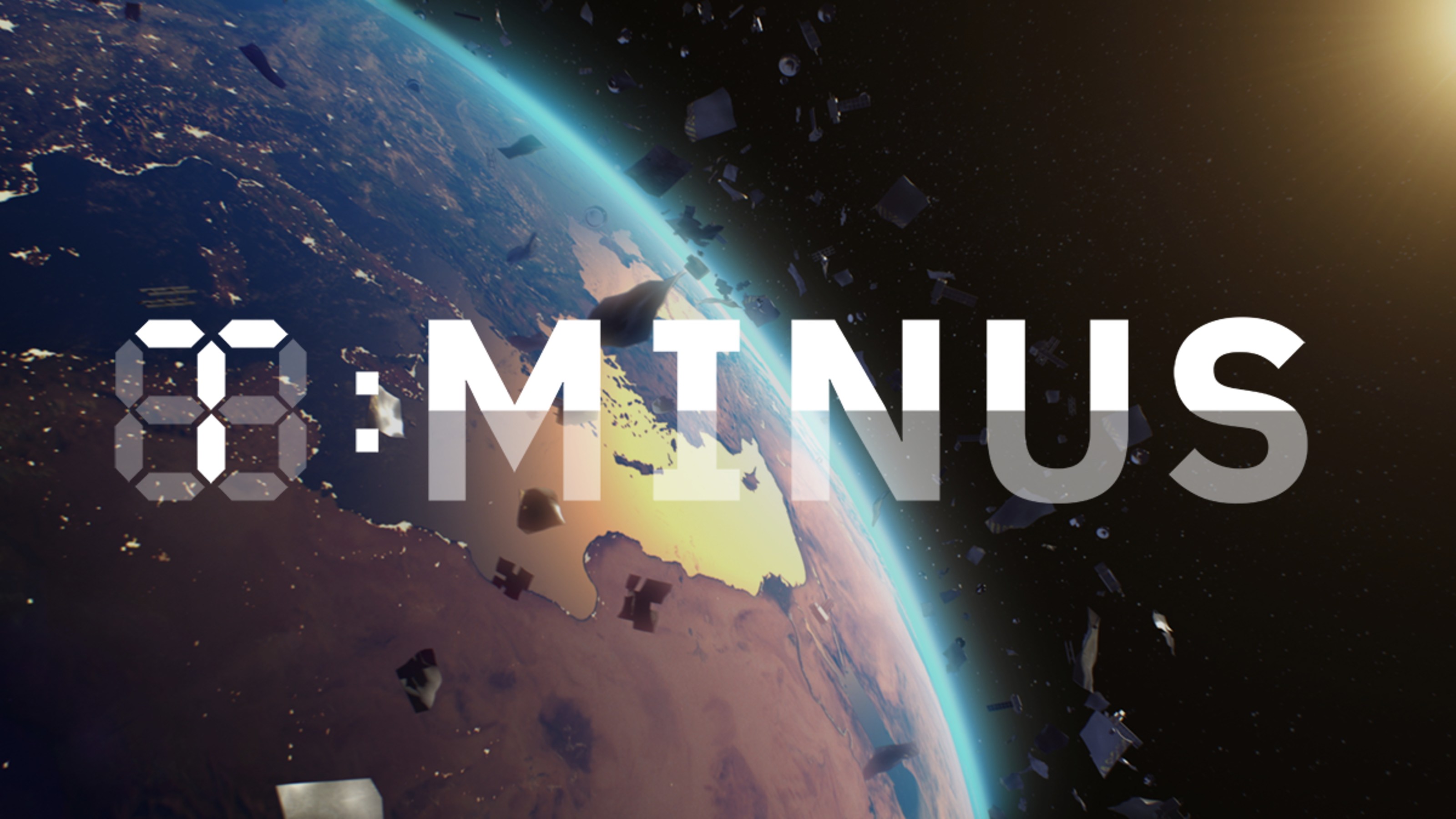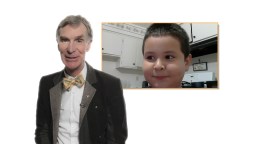On this week’s episode of Tuesdays With Bill, Rachel from Columbia University asks two questions for the price of one: What would happen if a human being went the speed of light, and why don’t we just eject our trash into outer space?
Rachel: Hi, I’m Rachel and I'm a student at Columbia. What would we see if theoretically a human were able to travel at the speed of light. My teacher told me, somewhat confusingly, that we might see the past and the present or maybe the past and the future, I can’t remember, simultaneously. But whatever his response was it didn’t make a lot of sense to me so I was wondering if you could give me a better clarification.
Bill Nye: Rachel this is a great question. So about what happens when you go the speed of light. I mean this is a great — we love to ask this question in physics class. It’s big fun here on Big Think. But if you have mass, which we all do — we are not pure energy, we are not beams of light, we are not electrical fields. We’re not gravitational fields. We have mass. It has been shown beyond any doubt that you cannot go the speed of light. You can go arbitrarily fast, approaching the speed of light, but you can’t quite go the speed of light. All the energy you pump in just adds to your mass. And this seems incredible. It adds to your mass relative to something you’re going to run into in a particle accelerator or an atom smasher like at CERN in Switzerland. We call it a target that you run into. That said, you can’t help but wonder what would happen if you go the speed of light. You’ve got to figure the only light you’d see is the light that you’d run into either light that you happen to cross paths with or light that was beamed straight at you. You wouldn’t see anything else. About the change in time. There’s been a lot of talk about that. Can time have a speed effectively? Can you go backwards in time? Apparently not. People love to speculate about oh, they can’t get enough about this. What happens if you fall into a wormhole and then you like end up in another part of the universe like in another time? Maybe. But if you try to fall into a gravitational thing of that strength, of a black hole for example, which is a star with so much gravity light doesn’t escape, it would kill you. You’d be — the difference in gravity between your feet and your head would be so — just the difference in gravity would be so high it would stretch you into a piece of spaghetti, which would also make you dead. But you can’t help but wonder.
Rachel: My second question is from are there any reasons besides ethical dilemmas that we haven't if we shot some of our trash into space. I know it might contribute to space junk, but if we shot it far enough away, besides maybe then contributing to other creatures' environments if they do exist. What are the downsides to doing that and why haven’t we if it might then clear up space on Earth and clear some of the pollution that we have. Or not contribute then to landfills. We might be able to shoot it elsewhere.
Bill Nye: Why we don’t throw trash into space. Because it’s too expensive. Lifting a ton of material into space takes an extraordinary amount of rocket fuel. And, by the way, when people want to send this much plutonium 238, which is not even the weapons plutonium, a baseball size, a grapefruit size, people freak out because the rockets sometimes blow up. Now one thing I really want your generation to embrace is that the Earth is a closed system. We cannot leave the Earth. There’s no place to go. There’s no place to throw your trash. And I wouldn’t be surprised if maybe not you, but your kids develop ways to mine our landfills. We throw away so much valuable stuff right now, especially raw materials. I may be wrong, of course, I always may be wrong but I wouldn’t be surprised if that turns out to be economically reasonable. All this plastic. It’s really hard to create and hard to get it to break down. It has value, you know. Like I have some clothing made out of old water bottles. So just let go of the idea of throwing stuff off the Earth. It’s just too easy a solution. What we need to do is not throw stuff away, but you’ve heard it, you’ve heard it a hundred times. Reduce what we need to throw way. Recycle the stuff that we create and reuse it. Reduce, reuse, recycle. Those are the things we want to do. And then I did a video years ago — there’s a fourth one — rethink. Yes, rethink Big Think. Reduce, reuse, recycle. It’s all good. The key to the future, Rachel, is not to do less. That’s not what we’re talking about my engineering colleagues and me, and I. We are talking about doing more with less. More efficient transportation. More efficient use of fuel. More efficient use of farmland. More efficient everything. And that way we’ll have to throw away less and we can, dare I say it, change the world. Great questions Rachel.






